Representing Culture
Exploring the Development of Youth’s Relationship with Culture through Culturally Centered Learning Activities
Lili Yan, Melissa Tehee & Breanne K. Litts, Utah State University
Stuart Baggaley & Jennifer Jenkins, Edith Bowen Laboratory School
Research Overview
In response to the current COVID-19 pandemic and co-occurring social movements that call for a need to engage youth with culture, we join the current efforts to (re)center culture in learning. As a team, we examined the impact of culturally centered multimedia learning activities on sixth graders’ cultural identity, which are co-designed by a team of Indigenous and non-Indigenous researchers, educators, and designers. We present a case study drawn from data around Jackson, a sixth grader who identifies as White. Jackson’s description of his own culture expanded as he engaged in a series of culturally centered multimedia projects. Our findings have implications for understanding and supporting how youth develop a relationship with culture in a formal learning environment.
Research Question
RQ: How do youth develop a relationship with culture in culturally centered learning activities?
Sub-RQ: How does youth’s relationship with their own culture change through the process of creating multimedia representations of culture?
Methodology
Design-based implementation research methodology (DBIR; Fishman et al., 2013)
Research-practice partnership (RPP; Coburn & Penuel, 2016)
Participants, Data Collection, and Analysis
We followed 12 sixth graders from a public charter school in the Mountain West for a school year (2021-2022).
Data Collection: We collected a range of qualitative data to understand youth’s relationship with their own cultures, including interviews at three timepoints across the school year, fieldnotes, and three design projects from each student.
Data Analysis: Case study (Stake, 1995); Constant comparison (Fram, 2013)
Culturally Centered Multimedia Learning Activities
San Juan Digital Story Project: each student creates a digital story that represents their cross-cultural river trip experience designed to engage them with both Indigenous and non-Indigenous perspectives of the river trip area
Ancient Civilization Podcast: students worked in groups to conduct research about an ancient civilization and make a Podcast to share their findings
Personal Culture Augmented Reality: students create an interactive AR experience to represent their personal culture, using AR Merge Cube with a design platform CoSpaces.
Discussion Points
Learning as developing relationship
Culturally disruptive approach
Center culture in formal learning environments
Designing culturally centered multimedia learning activities
